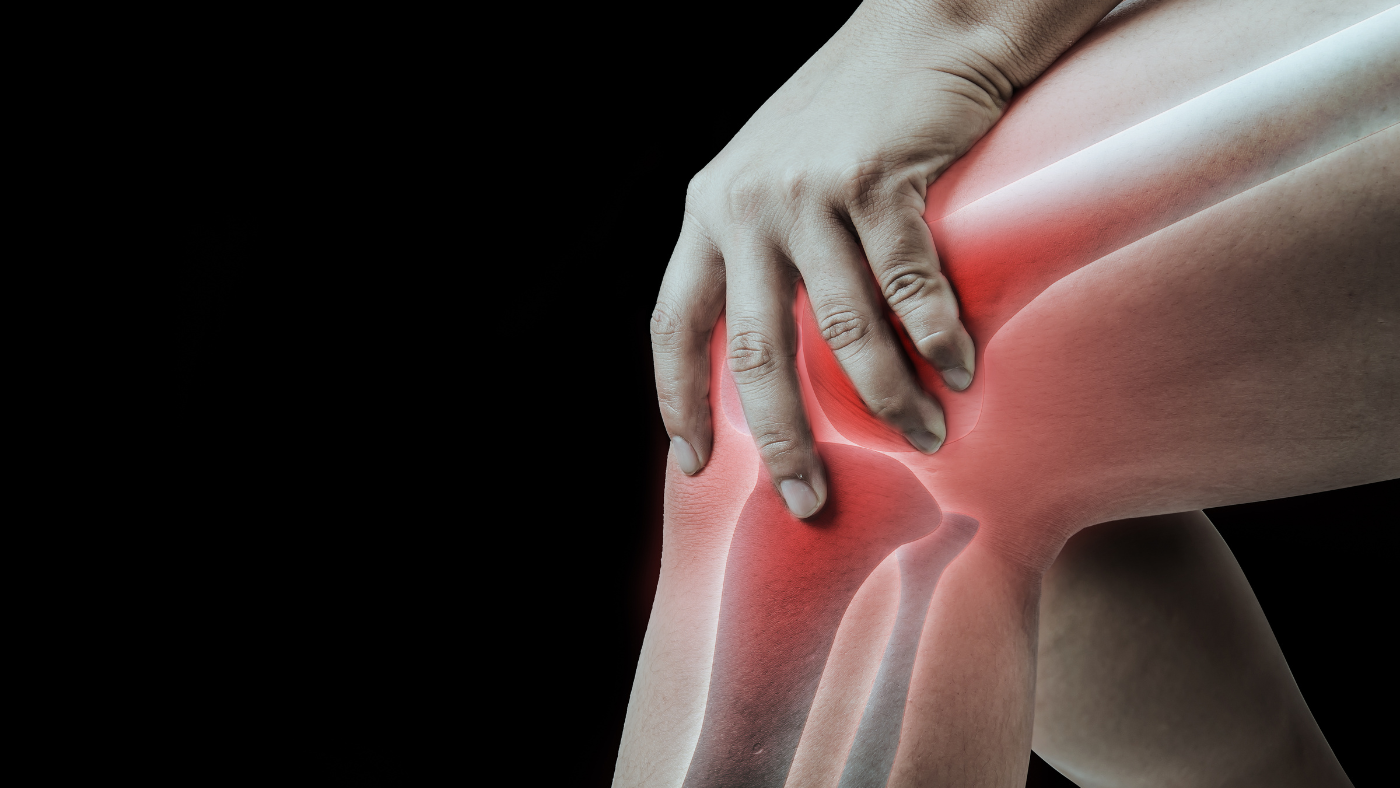
Osteoarthritis of the Knee
Osteoarthritis of the knee is a degenerative joint disease that leads to pain and stiffness due to the gradual breakdown of cartilage. It is common in older adults and athletes.
If you experience knee pain that worsens with activity, stiffness, swelling, or a grinding sensation, these could be signs of osteoarthritis. The pain may increase after periods of rest.
Living with knee osteoarthritis can make everyday activities like walking, climbing stairs, and even getting out of bed difficult. The pain and stiffness can significantly reduce mobility and quality of life.
Dr. Khoo will perform a physical examination and may use X-rays to assess joint space narrowing and the presence of bone spurs. An MRI may be recommended in some cases to evaluate cartilage damage.
Surgery, such as knee replacement, may be necessary when pain and loss of function are severe, and other treatments no longer provide relief. Dr. Khoo will recommend the best surgical option based on your overall health and activity level.
If non-operative treatments aren’t effective and the pain affects your quality of life, surgery might be the best option. Dr. Khoo will guide you through the process, explaining the procedure, recovery expectations, and how it can help you regain mobility and reduce pain. You’ll be well-informed and supported throughout.

Dr. Khoo will take the time to understand your symptoms, perform a thorough examination, and discuss the progression of your osteoarthritis. He will provide a personalised treatment plan, including both non-surgical and surgical options, to help you make the best decision for your health and lifestyle.
Modern knee replacements are designed to be durable, with many lasting 15 to 20 years or longer. Longevity can vary depending on factors such as a patient’s activity level, weight, and overall health. Regular follow-ups and appropriate rehabilitation can help prolong the life of the implant.
Recovery varies from person to person but generally involves a combination of rest, physiotherapy, and gradual return to normal activities. Most patients begin walking with assistance within a day or two after surgery and may resume everyday activities within 6 to 12 weeks, depending on individual progress and rehabilitation goals.
Many patients experience a significant improvement in walking ability following knee replacement surgery. While the initial weeks involve some discomfort and physiotherapy, most people return to walking unaided and enjoy increased mobility. Outcomes depend on factors such as pre-surgery condition, commitment to rehabilitation, and overall health.